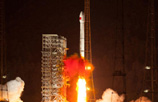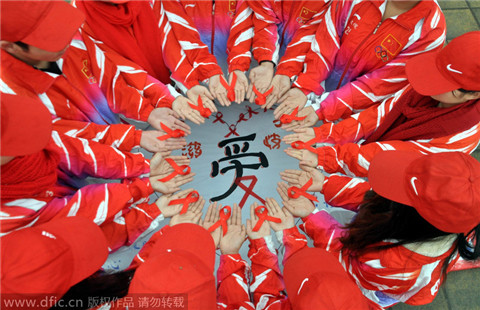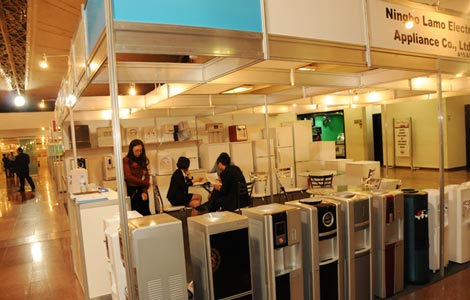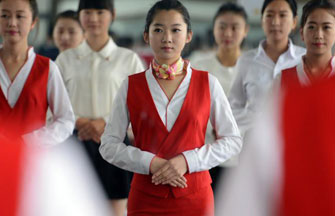EMBA programs garner international recognition
Updated: 2014-12-01 14:42
By Luo Wangshu(China Daily USA)
|
||||||||
Improvement sees schools occupy 13 of top 50 places in world ranking
The Executive MBA has been a favorite topic for the media but not always for educational reasons. Despite being linked to women seeking rich husbands and a means of implementing China's anti-corruption battle, Chinese EMBA programs have improved dramatically to earn international recognition.
Last month, London's Financial Times published its 2014 EMBA program rankings showing Chinese and China-joint programs occupying 13 of the top 50 places. Twelve years ago, only two Chinese programs made the top 50.
The EMBA program jointly offered by The Business School at Hong Kong University of Science and Technology and Kellogg School of Management at Northwestern University in the United States, ranked second this year, followed by the Tsinghua-INSEAD EMBA program offered by Tsinghua School of Economics and Management and INSEAD in third place.
US EMBA programs account for 18 of the top 50 places.
The annual ranking, published by the Financial Times since 2000, evaluates EMBA programs according to 16 factors, including current salary and student satisfaction.
The rapid development of the EMBA program in China echoes the country's economic rise in the past decade, said Zhang Zhixue, vice-dean at the Guanghua School of Management at Peking University and director of the EMBA program, adding that he has seen an increasing number of international students paying for EMBA programs in China as China's economy rises.
The program at the Tsinghua-INSEAD EMBA started in 2007. The program takes about 40 students each year.
The Guanghua-Kellogg EMBA program, jointly offered by Peking University and the Northwestern University, maintains a 50-50 student ratio of Chinese and overseas students to better serve networking of local and international alumni, said Mo Shujun, director of the Office of International Relations at the Guanghua School of Management.
The Tsinghua SEM aims to incorporate Chinese elements into a Western module.
"Our faculty members have a comprehensive understanding of China and they can provide real world examples from China to international students," said You Hong, director of the Tsinghua-INSEAD EMBA program.
Before the official authorization, a few top universities saw the need for such a program and tested the water.
The School of Business at Renmin University of China cooperated with the State University of New York, Buffalo, to offer an EMBA program in 1998.
The Guanghua School of Management established its EMBA program in 1999. The School of Economic and Management at Tsinghua University launched its program in 2002.
"When the first group of Chinese universities started to offer Executive MBA programs, Chinese business founders, the majority in their 40s and 50s, flocked to the programs, aiming to absorb what was missing from their management education," said You from Tsinghua.
The EMBA program originated in the US to cater for professional executives seeking a scientific approach to management. The first EMBA program originated at the University of Chicago in 1943.
"Compared with the Western world, China's management education started late," You said. China had no systematic business administration education until the early 1990s, when the master of business administration programs were launched.
"EMBA programs arrived even later," she said, adding China had lacked management education for decades and there was a large demand.
Places were filled immediately after the prospectus was released, You said. However, with the development of more programs, the gap between demand and places has narrowed.
luowangshu@chinadaily.com.cn
|
Students and teachers of the EMBA education center at Tsinghua University's School of Economics and Management take part in a desert hiking contest at Kubuqi Desert in the Inner Mongolia autonomous region in July 2010. Provided to China Daily |
(China Daily USA 12/01/2014 page4)
Most Viewed
Editor's Picks

|

|

|

|

|

|
Today's Top News
Cross-border e-commerce booming
Longer visas to lift Chinese real estate purchases
Canada says citizen may have been captured in Syria
Officer in Ferguson shooting resigned without severance
Oil price drop hits Latin America
Chile eyes Chinese investment
China's Xi seeks new outlook on foreign affairs
Rio 2016 games welcome Chinese companies
US Weekly

|

|
















